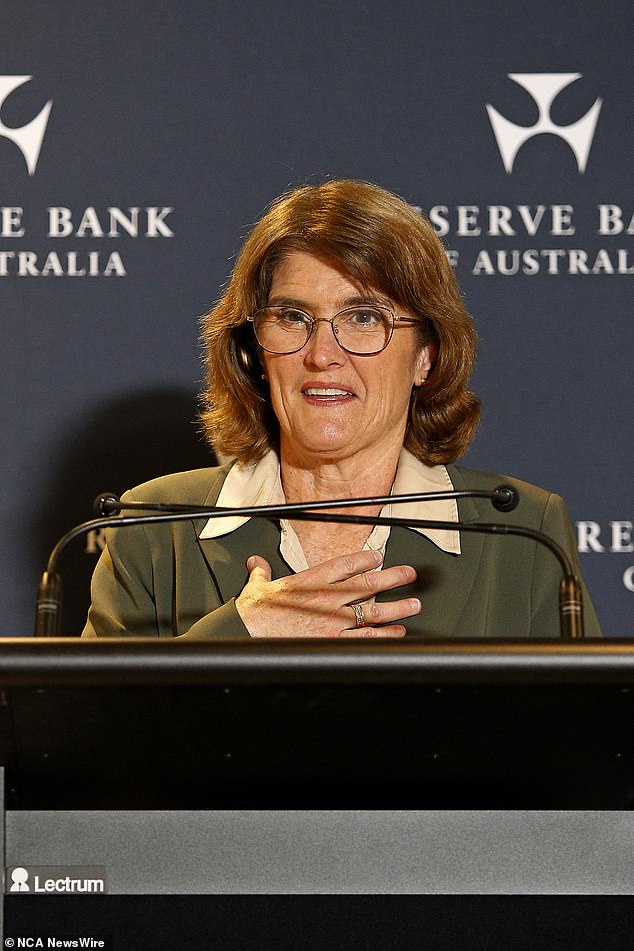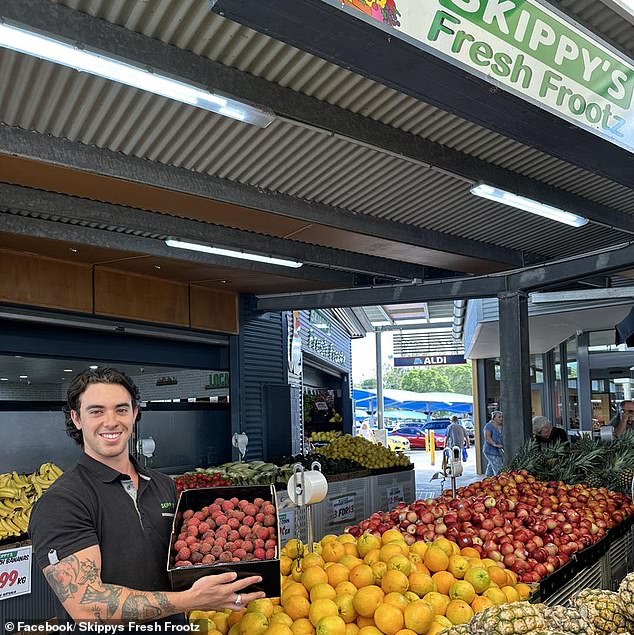- Overall inflation was 2.7 percent in August
Australia’s inflation rate has fallen within the Reserve Bank’s 2 to 3 percent target for the first time in three years thanks to $300 energy rebates.
The consumer price index – or headline inflation – fell to 2.7 percent in August, a sharp drop from 3.5 percent in July.
This was the lowest monthly inflation rate since August 2021, when Sydney and Melbourne were still in lockdown.
But the dramatic result was largely a result of the federal government’s $300 energy rebates that went into effect July 1, along with generous state government electricity relief programs.
Electricity prices fell at an annual rate of 17.9 percent, artificially reducing headline inflation in Australian Bureau of Statistics data.
Queensland is offering $1,000 in electricity rebates as Labor battles to win a fourth consecutive term in October, while Western Australia is offering $400 in bill relief.
Gasoline prices also fell 7.6 percent over the year, with unleaded now selling for less than $1.70 a litre in capital cities.
Reserve Bank of Australia Governor Michele Bullock warned on Tuesday that a big drop in headline inflation, which includes volatile-priced items, would not lead to a rate cut in 2024.
“That’s going to push energy prices down, fuel prices have also come down in recent months, so it may well be that on current forecasts the headline inflation rate, in fact, for the 12-month period out, will be below 3 per cent,” he told reporters in Sydney.
Australia’s inflation rate has fallen within the Reserve Bank’s 2 to 3 percent target for the first time in three years thanks to $300 energy rebates.
‘That’s important because it reflects a relief in the cost of living and therefore is reflected in the prices that people see.
“But that doesn’t really reflect the underlying inflationary pulse, which is rather what we’re seeing actually happening with services, which is the crux of the matter.”
Official monthly inflation data showed that core inflation, also known as trimmed average, rose 3.4 percent over the year.
This is the Reserve Bank’s preferred measure of inflation and carries most weight when the board decides whether to cut or hold interest rates, currently at a 12-year high of 4.35 percent.
Even excluding petrol and holiday accommodation from the CPI, headline inflation still stood at 3 per cent, or at the upper end of the Reserve Bank’s band.
While headline inflation has fallen, core inflation, stripped of volatile items, is still well above the RBA’s 2-3 percent target.

But Reserve Bank of Australia Governor Michele Bullock warned on Tuesday that a big drop in headline inflation, which includes volatile items, would not lead to a rate cut in 2024.

